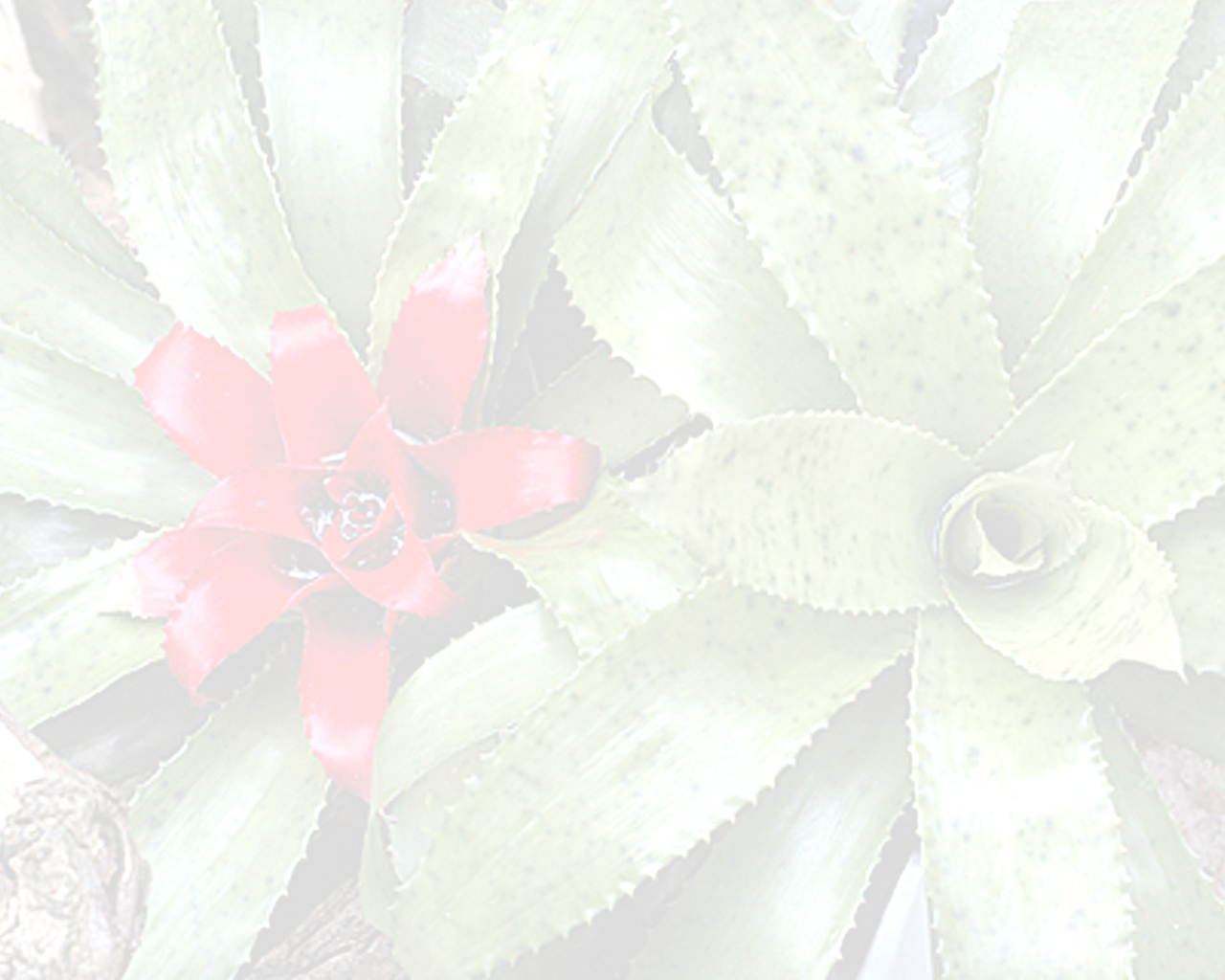

 Nidularium fraudulentum Leme[as Nidularium fraudulentum (Leme) Leme,]
Nidularium fraudulentum Leme[as Nidularium fraudulentum (Leme) Leme,]Observations: —DISCUSSION
When Nidularium fraudulentum was described, the possibility of hybridization between Nidularium and Neoregelia was discarded in spite of its uncommon morphology. At the time, I regarded the new trait observed (inflorescence simple in the center) to be the result of an imperfect understanding of the nidularioid-complex genera. However, after determining the basic concept of the nidularioid genera, Ni. fraudutentum still exhibited a discrepant suite of characteristics. Furthermore, Halbritter & Till (1998) reported pollen morphology for this taxon that was incompatible in relation to Nidularium but was more in tune with Canistropsis. The hybrid-origin hypothesis for Ni. fraudulentum, with Neoregelia as one of the parents, was put forth by Gortan & Till (1998) based on their analysis of stigma morphology. Finally, the extremely low fertility of the pollen grains, with near-zero percentages indicating almost total sterility, confirmed its hybrid origin (see chapter 7).
Important traits that indicate probable hybridization between Ni. innocentii and Neoregelia sp. are as follows: center leaves becoming reddish purple toward the base at anthesis; inflorescence centrally simple but tripinnate at the base; fascicles with a proportionally greater number of flowers (to 15) and subpulvinate (see previous Discussion); white petals with an obtuse, non-cucullate apex; ovary sometimes flattened.Edited from (02-01-2015): Nidularium, Brom of Atl For 179-80.. (2000)